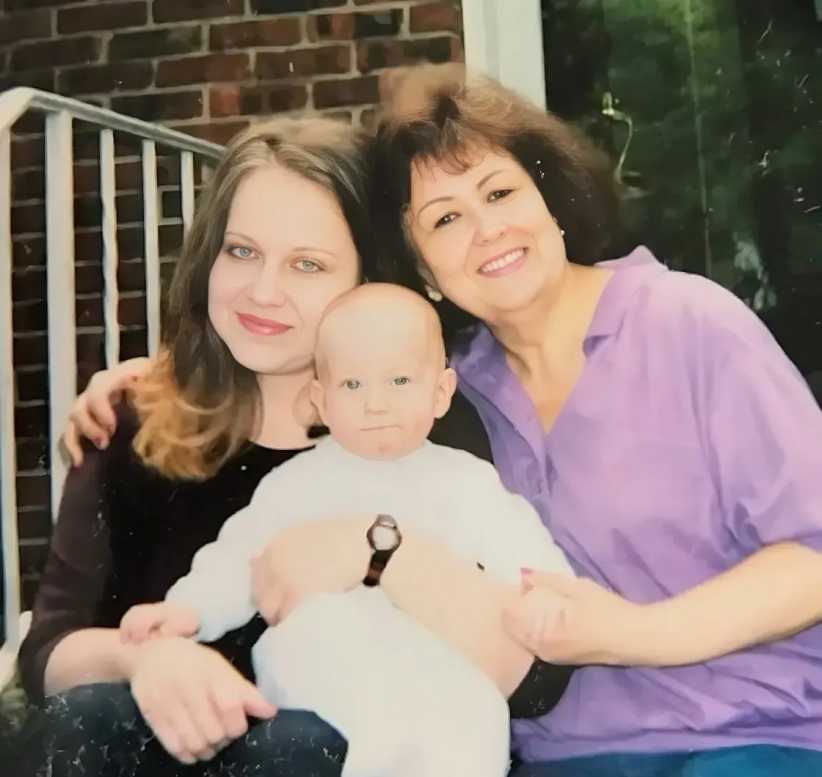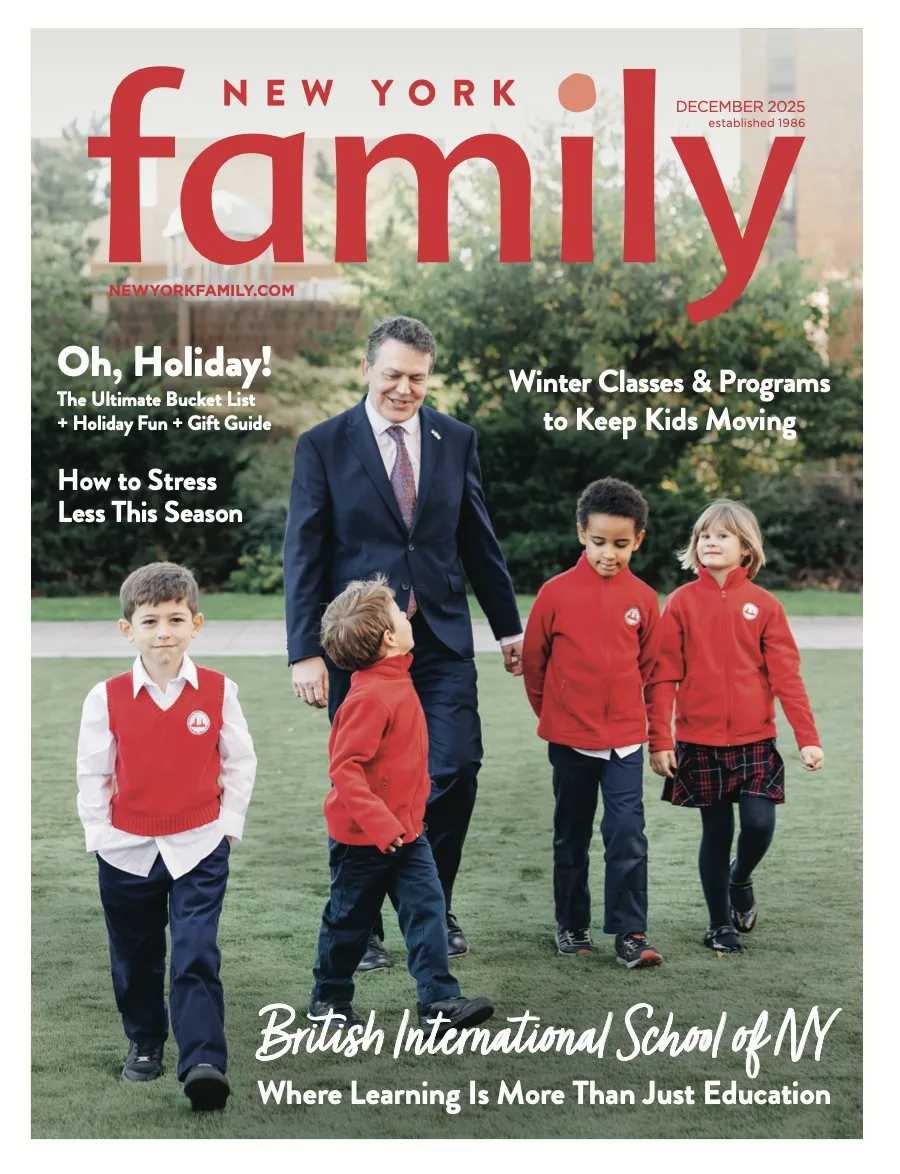 There’s something every parent should know about Dr. Dale Seiden: She has an exceptional gift with children. Both an artist and educator, Dr. Seiden is something of a legend among learning specialists for her success at using arts-based methods (like painting, drawing, sculpture, pottery, and picture-mapping) to help children with all types of learning behaviors. In her 20-plus years as an educational learning specialist based in New York City, she has helped children with severe learning disabilities, sensory-based challenges, language difficulties, persistent problems with attention and focus, social and emotional issues, and more—all through a combination of visual and verbal approaches.
There’s something every parent should know about Dr. Dale Seiden: She has an exceptional gift with children. Both an artist and educator, Dr. Seiden is something of a legend among learning specialists for her success at using arts-based methods (like painting, drawing, sculpture, pottery, and picture-mapping) to help children with all types of learning behaviors. In her 20-plus years as an educational learning specialist based in New York City, she has helped children with severe learning disabilities, sensory-based challenges, language difficulties, persistent problems with attention and focus, social and emotional issues, and more—all through a combination of visual and verbal approaches.
Last year Dr. Seiden did parents of young children everywhere a great turn by distilling one of her favorite techniques for dealing with common child behavior problems into a very accessible book called Navi-Gator: A Picture-Mapping Program for Parents and Children, which she co-authored with Dr. Donna Geffner.
The workbook allows parents and their children the opportunity to engage in a fairly simple but highly effective form of communication known as picture-mapping. During the process, the parent draws a scenario that takes place in his or her child’s life and uses stick figures of specific family members along with symbols to indicate what the most appropriate behavior may be. According to Dr. Seiden, picture-mapping is especially effective for two purposes in a family’s daily life: to teach a skill or lesson, such as how to share, and to present a personal agenda, such as what will happen at the birthday party.
But let me put it more plainly, having seen its benefits as a mom whose child worked with Dr. Seiden: If you’ve ever felt like you’re one of those parents who keeps saying the right words but have difficulty getting your children to hear you, then you’re going to want to learn about picture-mapping. Here, Seiden explains it all.
A picture map is a series of simple drawings that are linked in a sequential way to tell a story. It’s sort of like a cartoon. That’s why the program is called the Navi-Gator—because it navigates through slices of children’s lives. The technique helps children to better understand why they should stop an unwanted behavior and then to actually stop it. To be effective, it’s essential that the child be a participant in the visual mapping. Just telling them or just showing them isn’t enough. They have to participate by crossing off the unwanted action. So if a child needs to stop coming into their parents’ bed in the middle of the night, for example, or stop jumping on the couch, that child has to see it in an image and cross it out with a big red X.
The other important part that follows is to explain and draw (in the next cartoon box) what the child can do instead. So, for example, if you’re not supposed to kick and scream, then how do you tell someone how you feel about something that’s bothering you? You can use your words; you can think about what you want to say; you can take a few deep breaths. But in addition to telling a child all this, you are also drawing a picture of them using their words, thinking about it, and taking deep breaths. That’s the part of picture-mapping that’s so effective; that teaching moment is visual and interactive because they are helping you throughout the process.
Why did you start using this technique?
Many parents come to me with behavioral issues they are having with their children. Sometimes it’s something going on in school, sometimes it’s a problem at home. Either way, parents feel like they have run into a wall. In my practice, I recognized early on that telling a child over and over again not to do something does not work that well. So I needed another approach, and I found that with young children, especially in the 3 to 8 range, picture-mapping—drawing and explaining—often works remarkably well. And for some common issues, a professional like me doesn’t necessarily need to be in the picture, so to speak. Parents can do picture-mapping with their kids at home. That’s why I wrote the book.
Isn’t it just as effective to use simple, clear language rather than pictures? Why does this technique work?
Picture-mapping is not a universal panacea, but it’s not just drawing either. Research shows that the visual cortex is more developed than other cortical areas in young children, so a small child more easily remembers a graphic image over a verbal command. The right side of our brain is called the mediator of emotionality and it’s responsible for form and pattern recognition. So if you show a child simple forms or images that are linked in a sequence, they will more likely remember it and understand it.
 Do parents need to be skilled at drawing to use this technique?
Do parents need to be skilled at drawing to use this technique?No one has to be an artist to be able to do this—nor do the children! Anybody can draw a stick figure; anyone can draw a sun, a tree, a bed. You just need to remember to put the child’s initial on that stick figure and label the big person Mommy, Daddy, or whoever is relevant to the problem.
What’s an example of drawing and showing instead of just telling a child not to do something?
There’s a mother who called me because every single night her daughter was coming into the parents’ bed. I had the mom do a visual map with her. In the last picture, the mom drew and explained why the daughter could not get into bed with them. Once she understood that everybody’s brains and bodies need to rest, she understood why everyone needed to stay in bed.
In New York City, we have so much enrichment available to our children. Our kids are very busy. So two issues I see that are pertinent to city kids are that they are overloaded and that they need to be “taken” from place to place, which means dealing with traffic, weather, buses, subways, taxis, and cars, so often they feel very rushed and confused about where they’re going and why. And often they complain and find ways to resist. Here’s where children can really learn from picture-mapping or visual imagery. Instead of just telling them [verbally] where they are being taken, a clear, sequential picture story can make a child feel more a part of the plan. A child can get energized to do her activities with the knowledge that, say, after ballet, she will go home. Otherwise, they just don’t know what is expected of them next—time seems endless—and they can become confused, impatient, and cranky. A picture map can help a lot.
Heather Ouida is the co-founder of Mommybites, a relationship network that connects moms to moms, moms to experts, moms to education, and moms to the best parenting resources available to make moms’ lives happier and easier.














